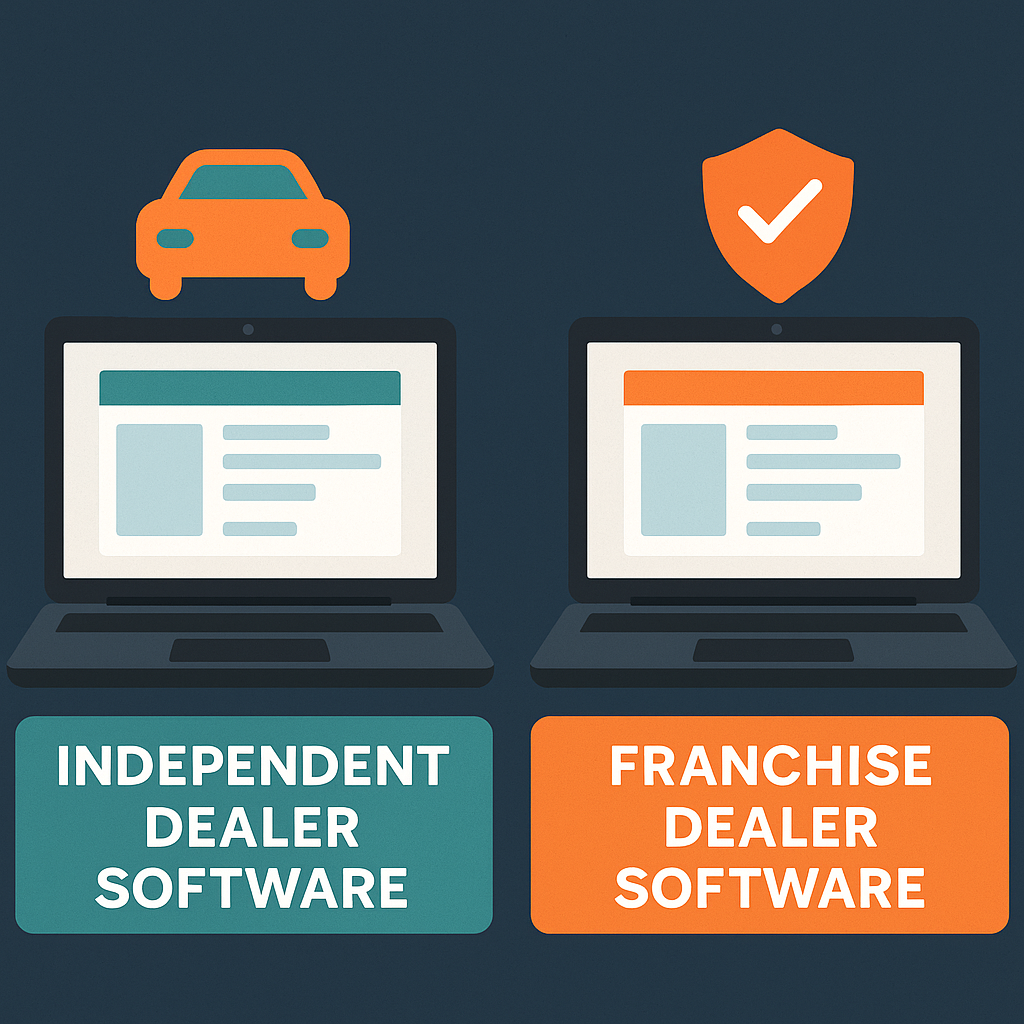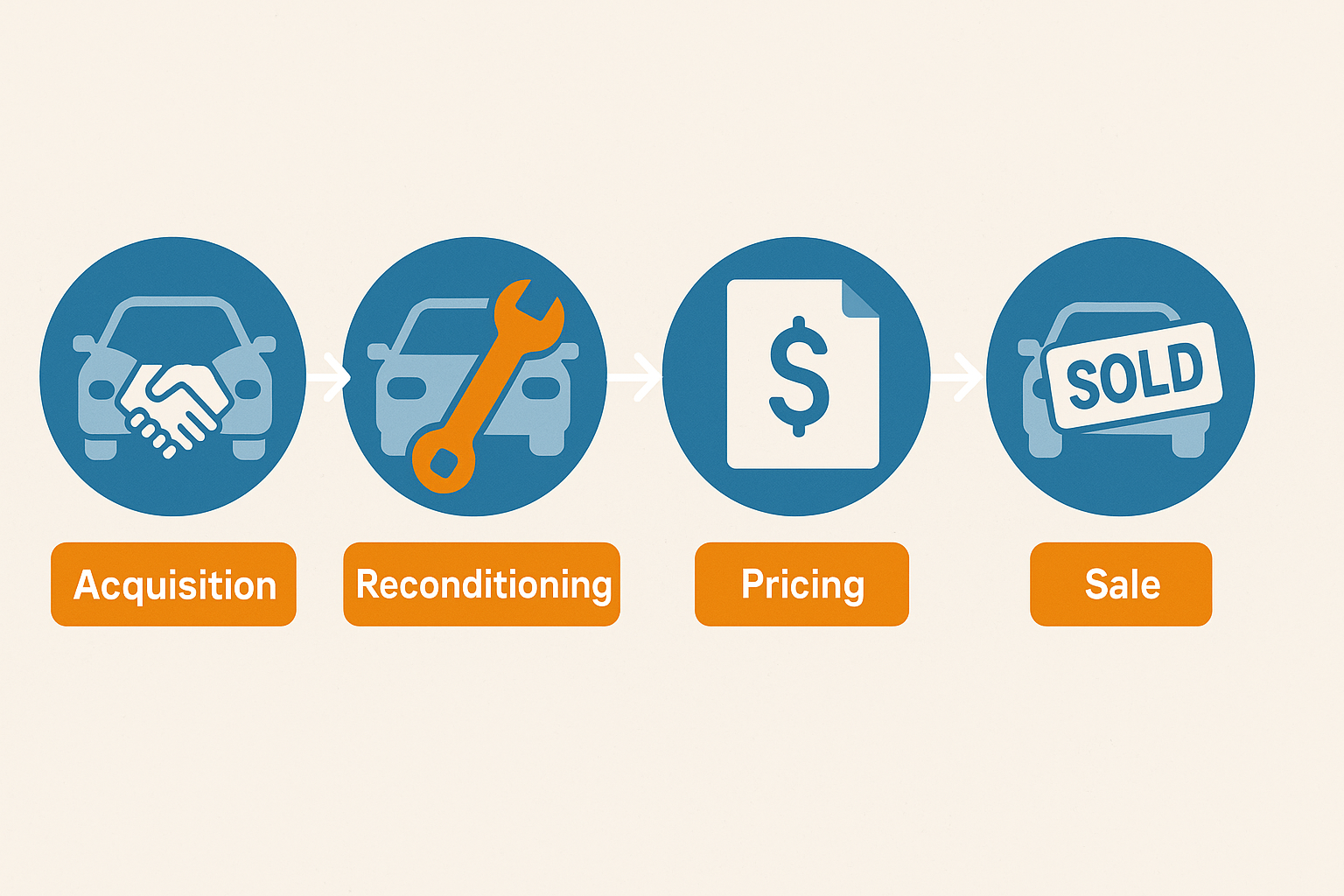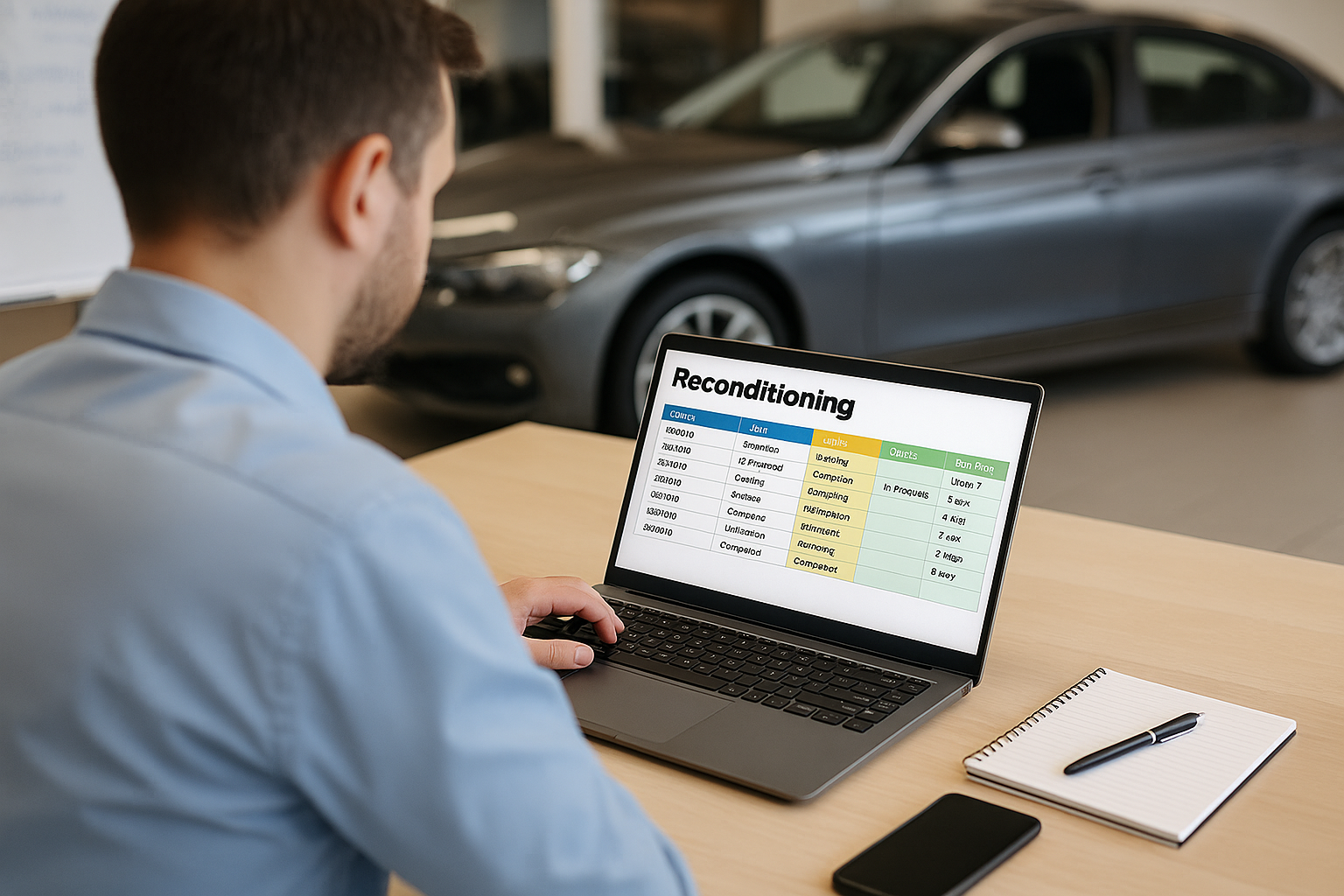Today’s fastest-growing dealerships tap into real-time data to guide every decision—from buying at auction to setting the right price on the lot. You don’t need complex formulas or engineering teams to get started. By integrating three key APIs—VIN Decode, Live Market Comps, and Dealer Performance—you can:
- Automatically gather exact vehicle details
- See how your prices compare to local markets
- Benchmark your lot against nearby dealers
All without manual lookups or spreadsheets. Here’s a straightforward way to put these integrations to work in your day-to-day.
1. Get Exact Vehicle Specs with VIN Decode
Why it helps: Buyers want precise details—engine, trim, options—before they inquire. Missing or incorrect specs create extra questions and slow sales.
How to use it:
- Scan or import each VIN when a vehicle arrives.
- API returns make/model, engine type, factory packages, MSRP, and more.
- Your system auto-fills all listing fields (online and on the lot), so every spec is accurate.
Result: More complete listings, fewer follow-up questions, and faster buyer confidence.
2. Price Competitively with Live Market Comps
Why it helps: Local market prices shift daily. You need to know if you’re priced too high—or leaving money on the table.
How to use it:
- Pull local median prices for each model from auction lanes and dealer sites.
- Compare your ask to that median: “Is my price within 2% of local averages?”
- Adjust instantly: If you’re too high, apply a small markdown; if you’re below market, you might raise slightly.
Result: Stay in the sweet spot—competitive enough to sell quickly, yet profitable.
3. Benchmark Your Lot with Dealer Performance
Why it helps: Understanding how fast and at what price your neighbors sell similar cars shows you where to focus.
How to use it:
- View key metrics like average days on lot and annual turn rate for nearby dealerships.
- Spot opportunities: If SUVs around you move in 20 days but yours sit 30, prioritize pricing or marketing those models.
- Match best practices: Notice peers holding higher margins on certain trucks? Mirror their pricing approach.
Result: Clear sense of what’s working—and what needs adjustment—in your market.
4. Putting It All Together: A Simple Workflow
- Day 1: Vehicle Arrival
- Scan VIN → Auto-populate specs.
- Set initial price based on your cost + local median.
- Daily Check: Market & Performance
- Review any listings priced >2% above median.
- See which segments are underperforming vs. peers.
- Weekly Review: Adjust & Act
- Mark slow units (30+ days) for small markdowns.
- Reallocate ads or signage to high-turn segments.
- Ongoing: Keep Data Fresh
- Automate API calls: VIN Decode on arrival, Comps daily, Performance weekly.
- Let your software dashboards flag only the units that need your attention.
5. Next Steps: Talk to Carketa About APIs
You don’t need complicated math or every detail mastered to start leveraging APIs. With basic setup, you’ll see more accurate listings, spot price gaps instantly, and compare yourself to the competition—so you can buy smarter, price dynamically, and sell faster.
Talk to someone at Carketa today about integrating our VIN Decode, Live Market Comps, and Dealer Performance APIs into your existing systems. Real-time intelligence is just a few clicks away.






